Pakenham races an important piece of Australian television history
IN JUNE 1967 a country racecourse in Pakenham played a pivotal role in the history of Australian TV, when the now troubled Ten Network beamed the first colour test from its grounds.
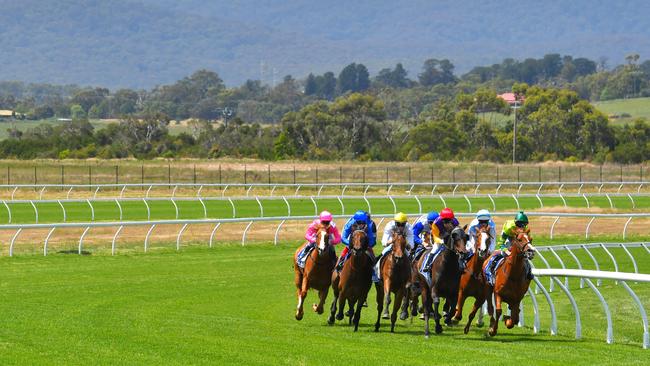
VIC News
Don't miss out on the headlines from VIC News. Followed categories will be added to My News.
WHILE TODAY’S teens are disappointed if they miss out on getting the latest iPhone, it’s been 50 years since the entire country got excited about a handful of men being able to watch the first live colour broadcast in the country.
A day after Channel 10 announced it was going into administration, we remember the time the it made history - becoming the first to broadcast colour television in Australia.
STATION MASTERS JOIN FORCES TO SAVE TEN
Channel 10, formerly known as ATV-0, did so with a $100,000 camera trialed at the Pakenham races on June 15, 1967.
It wasn’t broadcast to the public, but viewed in Nunawading by ATV owner Reg Ansett, ATV representatives and the press.
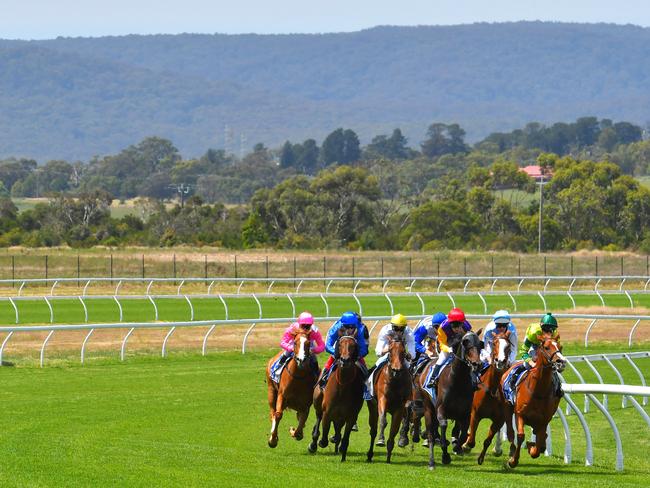
Despite the feed not being available to the public, long-time Pakenham Racing Club member Ron Carroll says the community of Pakenham was excited to be chosen to take part in such a momentous occasion.
McCRANN: TEN’S NOW THE MEDIA PIVOT
The bright green of the grassy knoll, the colourful silks and interesting spectators made the event a good testing platform.
“There was plenty of buzz around — it’s hard to believe it was 50 years ago,” he said.
The former teacher said it was such a big deal, that Pakenham Consolidated School principal Charlie Hicks asked the education department for the children to leave school early that day — so not to be put in danger of traffic.
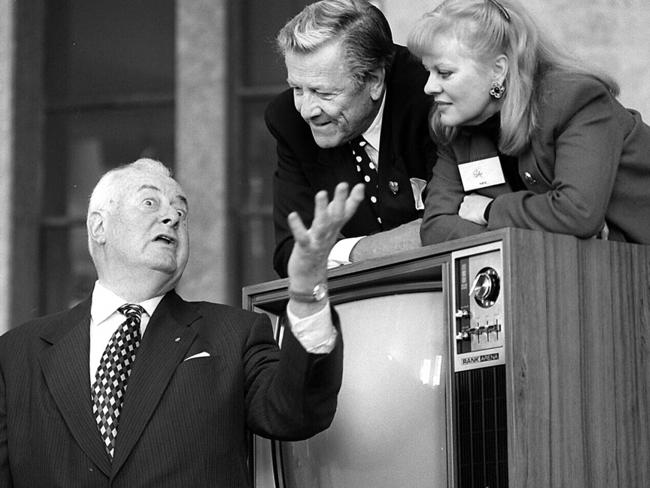
“It meant he and I were able to get to the races early that day,” he laughed.
Unsure exactly why Pakenham was chosen to be the test event, Mr Carroll said it was likely because of Club secretary David Burke who was a good networker.
“He was always across what was happening in the industry and abroad,” Mr Carroll said.
“He would have been speaking to someone and say why not try it in Pakenham.”
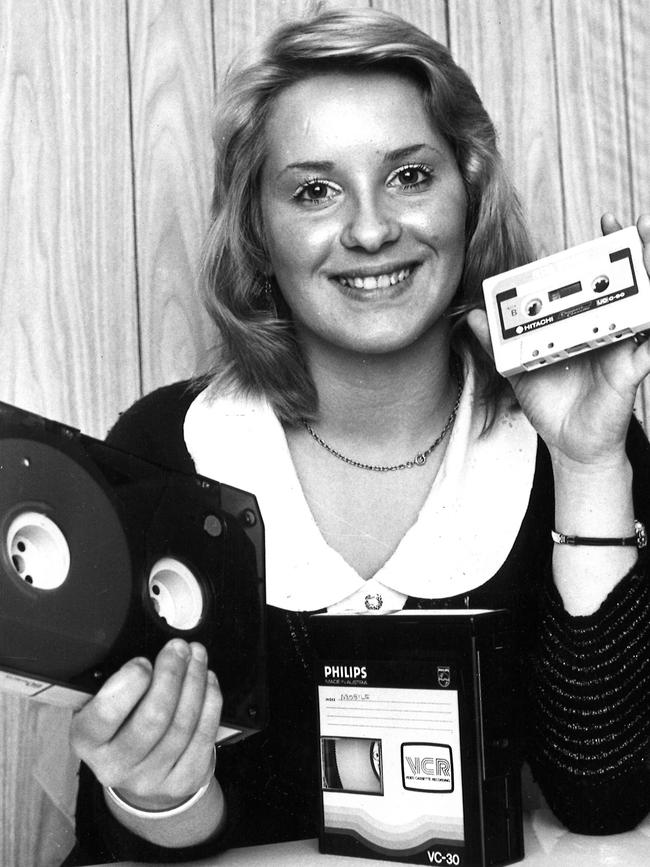
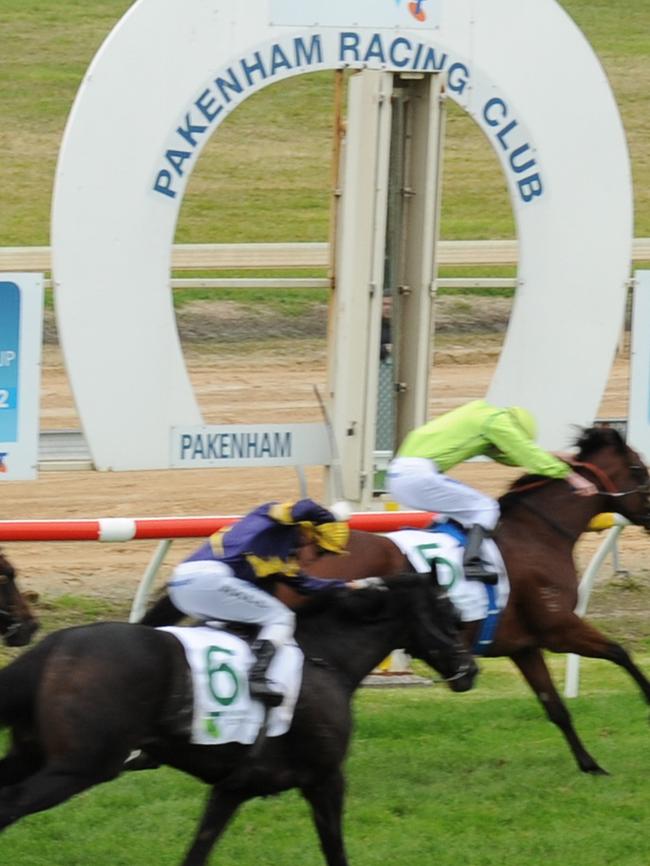
The colour of silks and the green of the grass made the race day a great test event for the colour camera and the reception came back much better than expected.
It wasn’t the only first in Pakenham’s history - it was also the first country racecourse to have starting stalls, again thanks to Mr Burke.
Colour television officially came to Victoria in March 1975.
The National Film and Sound Archive says it took so long for Australia to get colour TV because Australia was involved in the Vietnam War in the 1960s - which had a heavy burden on the economy.
Other reasons for the delay were more technical - it took time to research which was the most suitable colour standard for Australia.
But the delay didn’t stop TV manufacuters plugging “colour compatible” sets as early as 1969.
Whatever the reason for the delay - Pakenham’s secret and mostly unknown part of TV history is an important one that locals are proud of.


